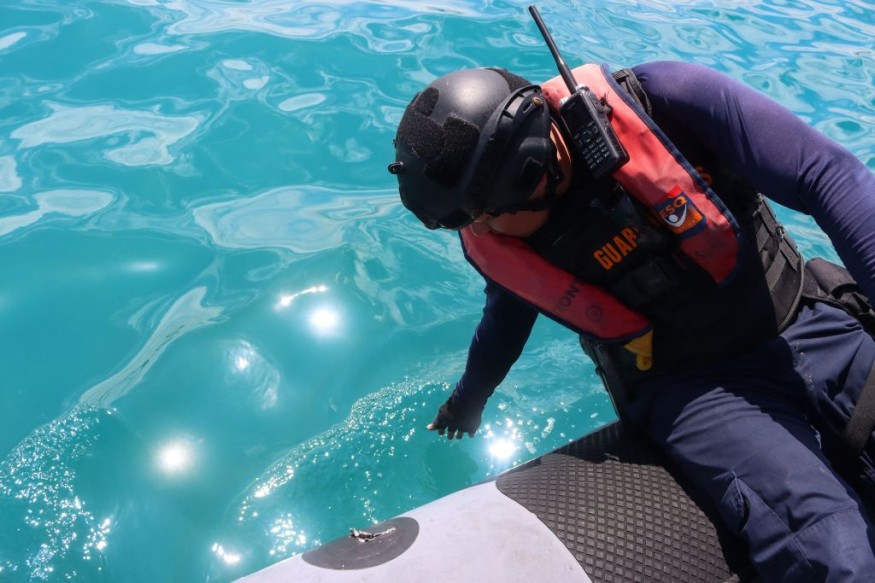
The Anthropocene is the title given by certain experts to the prevailing geological historical period, which is defined by the particular moment in time when urban development began to have a massive effect on Earth's geological structures and ecosystem functions, not least through environmental issues.
A New Epoch Due to Radioactive Material
Experts claim they have accurately dated the commencement of the Anthropocene by specific biomarkers - radiological particles detected in seafloor environment and aquatic plants off the eastern seaboard of Japan in the northwest Western Pacific, the Science Alert news media site reported.
This substance is the result of atomic testing conducted in the Mediterranean throughout the 1950s, and it marks a significant alteration in the aquatic ecosystem.
Considering on the available evidence gathered, the study set of experts working on the field believes the Anthropocene epoch actually started in 1954.
According to the exclusive interview with geophysicist Yusuke Yokoyama of the University of Tokyo in Japan, he explained that the objective would have been to identify obvious indicators of dispersal from the 1950s up to the year of 1963, when process mainly halted.
Furthermore, Yokomaya claimed that experts have examined fundamental materials from the harbor region, and there are unambiguous signatures of plutonium from spin offs."
But even so, scientists as well obtained sea life remains from the territory of Ishigaki, southwest of Okinawa, which wields considerable influence included dispersion, allowing researchers to further correctly identify the fingerprints they observe in the deposits.
What serves to make the accumulation and categorization of these tests performed as such tough is that particulates can really be diffused more than a broad radius and relocated extremely quick by longshore drift as well as third company variables. This necessitated those cross-referencing materials with fixed-in-place reefs was critical.
Coral reefs, like plants, possess unique bands that correspond to various periods of its establishment. Since they do not provide as much relevant data on the status of the steam as sedimentary particles, they are a regarded as necessary to it in regards of chronology.
To investigate the slabs of collected material in depth, a range of biochemical processing chemistry have been applied, which include the Accelerator Mass Spectrometry, or AMS, which uses propelled ions to detect specific isotopes in material.
The Underlying Radioactive Material in the Corals of Pacific Ocean
It became difficult to examine plutonium inside the specimens because three tons of plutonium were discharged through into water and sky throughout the era in consideration, yet those three tons spread widely and broad, therefore the experts actually looking for extremely minuscule traces, as stated in the study published under the Scientific Reports.
Theoretically, the Holocene geological period began around 11,700 years back, and experts from many professions believe that big upheavals in latest generations, primarily caused by human activity, must be acknowledged.
At the present, nobody really knows when the Anthropocene will begin: the technological growth, maybe, or the beginning of the increase of carbon output. However, for the researchers leading this latest analysis, there is a clear starting position.
The Conversation further elaborate that the on-going study is crucial not just to clarify the idea of the Anthropocene, however it might even be applied to enhance sea floor as well as computer simulations, or perhaps even assist examine historical storm surges and similar natural dangers.
© 2025 NatureWorldNews.com All rights reserved. Do not reproduce without permission.





